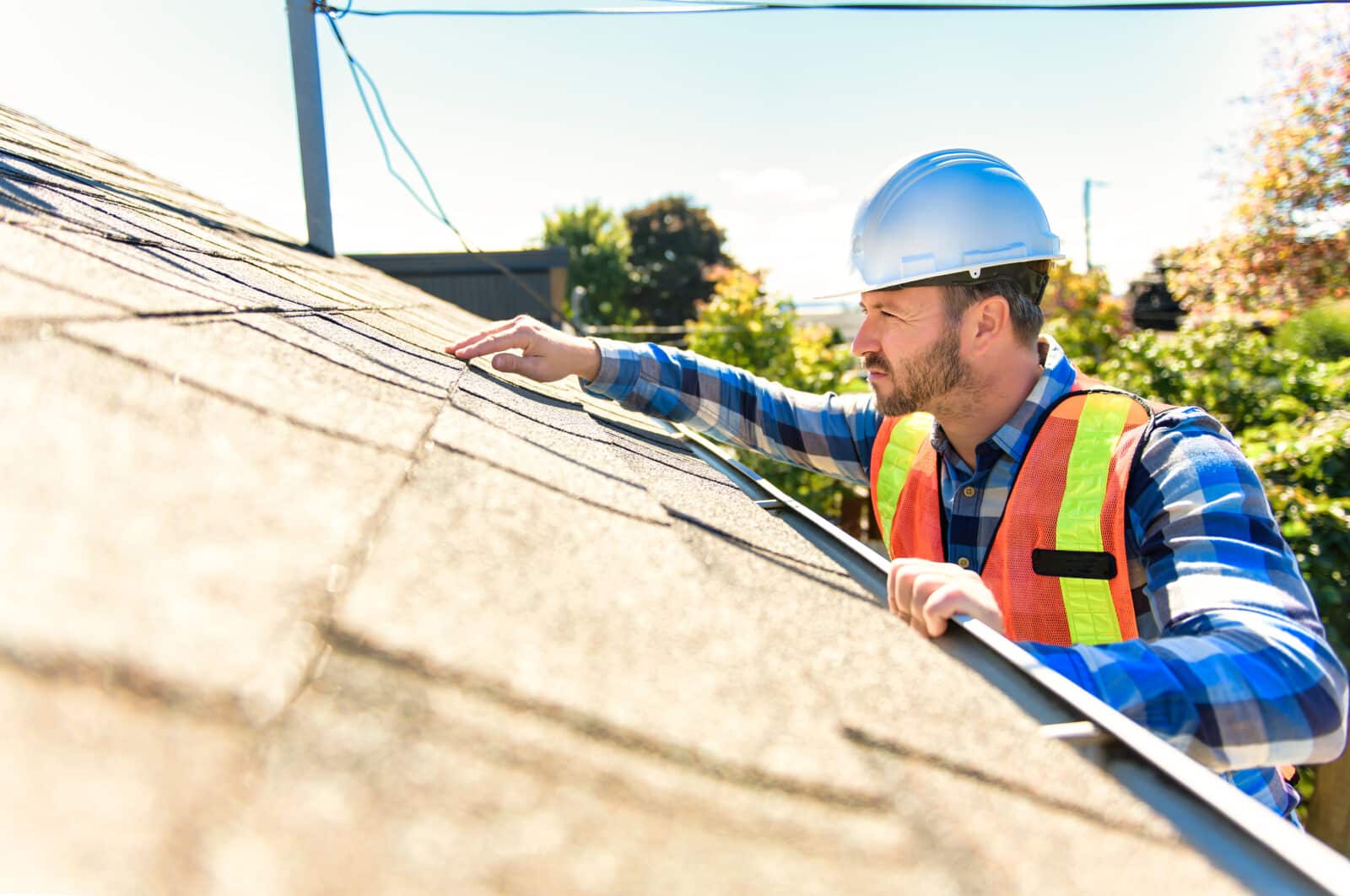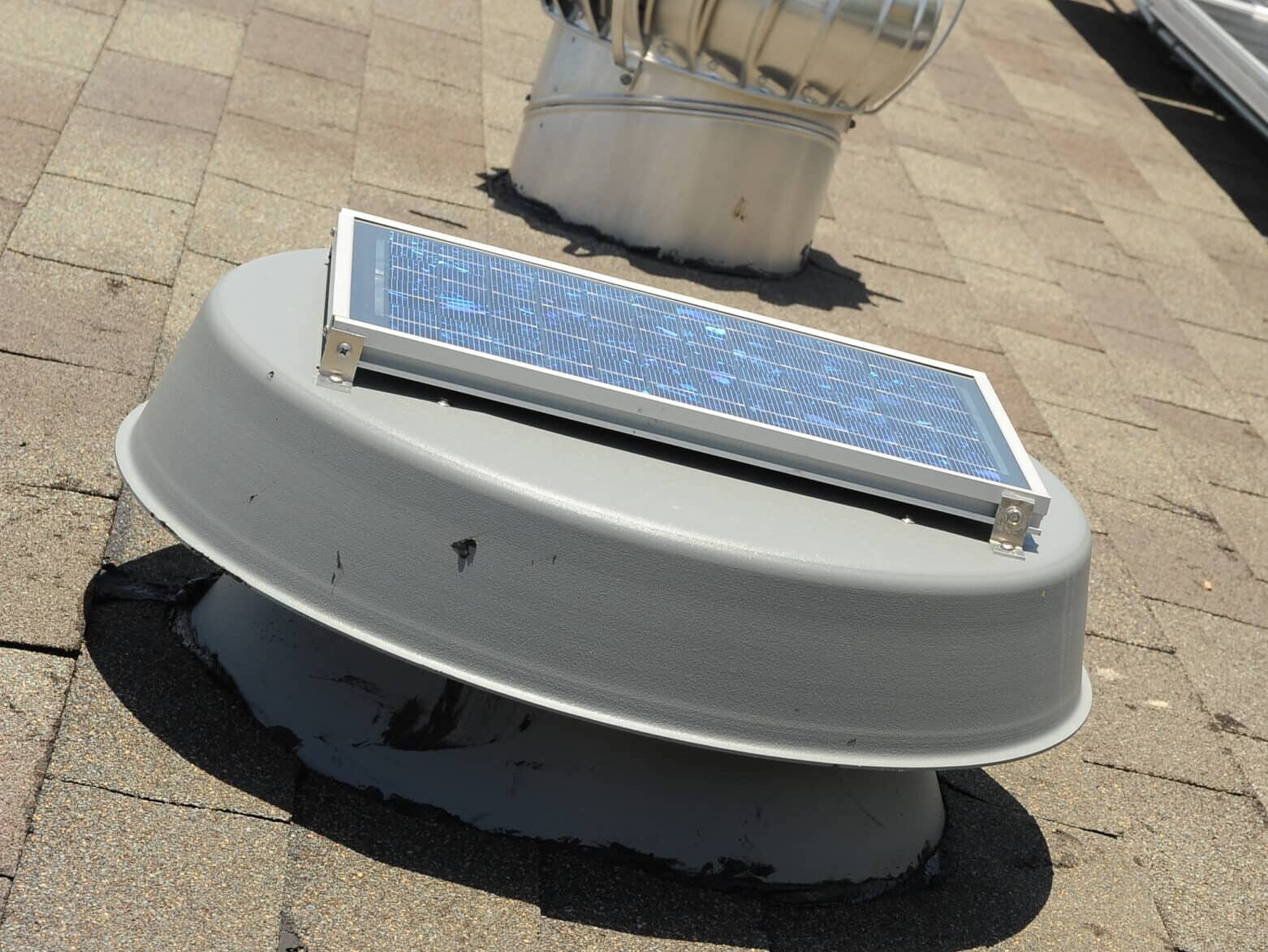When you think of threats to your home, harsh weather, and extreme climates might not be the first things that come to mind. Your roof, a bastion against Mother Nature’s might, is especially vulnerable to the elements.
Over time, climatic and weather fluctuations can lead to roof blistering. This not only affects the integrity of the structure but also the comfort and safety of the inhabitants. This comprehensive guide will dissect the complex relationship between your roof, the weather, and how to safeguard your home against this issue.
Table of Contents
What Are Roof Blisters?
Roof blisters are usually the result of poor installation or mechanical damage. They’re characterized by a build-up of moisture within the layers of a flat roof. Over time, these blisters can break, leading to water infiltration and catastrophic damage to the roof system.
Understanding the Role of Climate
Climates can be classified in various ways. We’ll focus on how temperature and humidity play critical roles in roof blistering.
Hot and Dry Climates
In hot, arid climates, extreme temperatures, and prolonged sun exposure can cause roof materials to expand. It can form blisters as the roofing material struggles. This is to cope with the stress caused by the rapid change in temperature.
Humid Climates
Humidity is the presence of water vapor in the air. In humid climates, high humidity levels can lead to moisture absorption by the roof’s substrate.
When cooler temperatures arrive, this absorbed moisture can condense. Leading to blisters as the water vapor inside the roof membrane tries to escape.
Mix of Climates
Regions with volatile weather patterns can be particularly taxing on a roof. Hot and humid days followed by:
- cold
- wet nights strain any roof
- flat roofing
This cycle of expansion and contraction can lead to the repetitive formation and rupture of blisters.
How Weather Contributes to Roof Blistering
Aside from long-term climate, short-term and extreme weather events can play a decisive role in creating and exacerbating roof blisters.
Rain
Heavy rains can expose roofing that is not watertight. Water seeping into existing blisters can increase their size.
This leads to further membrane separation and compromises the structure’s waterproofing capabilities. Persistent or cyclical rainfall patterns can mean a higher blister formation and growth frequency.
Wind
Strong winds can lift and tear roof membranes, especially if they already have weak points from blistering. Additionally, debris carried by these winds can cause physical damage to the membrane. Creating an entry point for water and fostering blister development.
If you notice you have a damaged roof because of wind exposure, click for roof repair in Aberdeen, Washington.
Snow
For regions enduring cold winters, snow can contribute to blister formation. Snow on the roof can act as an insulator, keeping the roof surface underneath warmer than the surrounding air. When this snow melts, the temperature differential can create the conditions necessary for blisters.
UV Exposure
Direct sunlight, more specifically UV rays, can be particularly destructive to the membranes of flat roofs. These rays break down the chemical components of the materials, making them more prone to blistering and other forms of deterioration.
Understanding the Roof Blistering
The health of your roof is tied to the weather and climate it’s exposed to. By being aware of how these external factors contribute to roof blistering, you can be more proactive in preserving your home’s most vital protection.
Through diligence, attention to detail, and the occasional consultation with a roofing expert, you can ensure that your roof continues to provide safety and security for years.
For more helpful tips, check out the rest of our site today!





